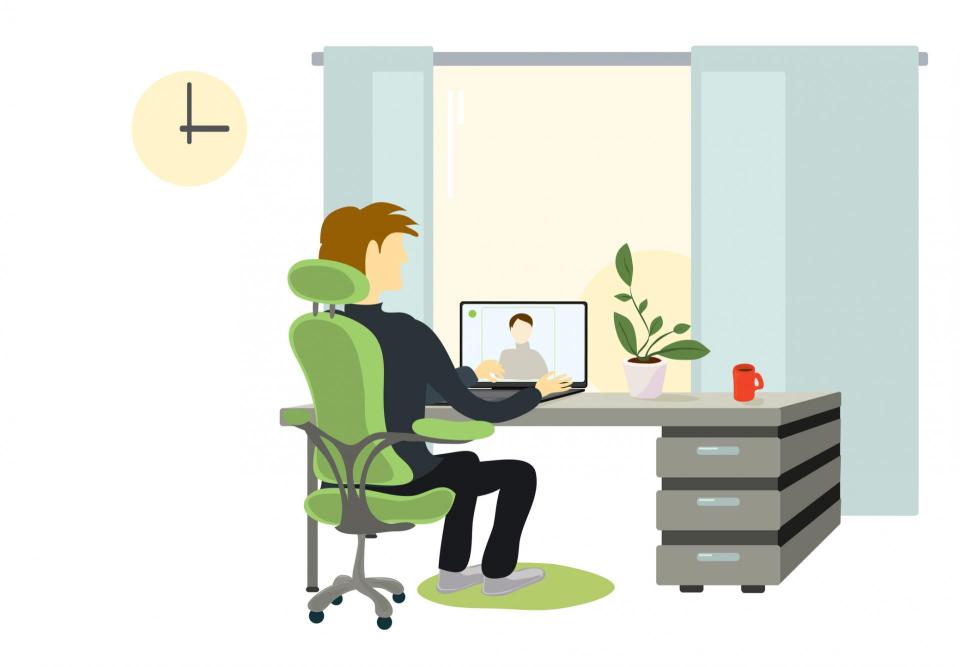Zoom in: Face-time Crucial While Working from Home

Two, maybe three phones are ringing, your children are screaming for lunch, your cat hops in your lap, someone’s video game is making awful noises, and you are trying to write a report or engage in a conference call. And you can’t find the mute button on Zoom because it’s covered by your email that you opened while multi-tasking.
Sound familiar?
Welcome to California’s shelter-in-place order that moved many workers’ offices into living rooms and guest rooms.

Professor Kimberly Elsbach of the Graduate School of Management, whose research expertise includes reputations, especially images of legitimacy, trustworthiness and creativity, has studied how you are perceived in an office or work-from-home environment.
Elsbach, together with Jeffrey Sherman, UC Davis professor of psychology, researched telecommuting in a paper published in 2010. They interviewed dozens of researchers and managers. Elsbach later authored a second paper on the subject.
“My work on face-time bias indicates that you may be judged as less dedicated, committed, reliable or dependable if you are not ‘seen’ working—which is the case for everyone who is working remotely right now,” Elsbach said.
“This suggests that checking in visibly with supervisors and co-workers (through Zoom, Skype, etc.), may be important to maintaining positive perceptions of your reliability and dedication in the minds of those who assess your performance. It also suggests that, if possible, supervisors should get rid of subjective ‘trait assessments’ on performance evaluations.”
She explained that this means, instead of looking at things like “citizenship” or “leadership” in performance evaluations, managers should switch to more objective assessments of performance output, such as the number of projects completed on time. She added: “These suggestions are useful all the time—especially since some people work remotely when there is not a pandemic.”

In conducting the research, Elsbach and her coauthors collected anecdotes of the ways that employees may create these perceptions remotely, including:
- Make regular phone or email status reports
- Be immediately available
- Email early or late in the day
Better yet, maybe you should turn on the video on those Zoom calls.